Immersive advertising company Vertebrae has extended its native ad platform to augmented reality via mobile Chrome browsers for Android and Safari for iPhone.
Originally built for virtual reality, the platform provides advertisers with six templates. For the front-facing cameras, Vertebrae offers Virtual Try On, as used by Ray-Ban for sunglasses, and Dynamic Experience Mask, such as those made famous by Snapchat. For the rear camera, advertisers can place the audiences inside a 360-degree image or video, open an AR portal, or present them with interactive objects. Static, swipeable camera filters are also available.
"We see so much room for growth with the limitless scale the mobile Web offers, and we are creating the AR advertising templates through which the industry will take shape. As we execute more campaigns in verticals like automotive, games, retail, travel and hospitality, and more, we'll have an ever-expanding rolodex of mobile Web AR templates for advertisers to choose from," said Vince Cacace, founder and CEO of Vertebrae, in a statement provided to Next Reality.
Vertebrae AR ads can be built with a native SDK and a Unity-based SDK. According to a spokesperson, there are no minimum system requirements to display the ads, though the experience works best on iOS 11 or Android 6.0 and later.
Now is the time for mobile AR, and immersive media more broadly, and it will be exciting to see which companies take advantage. Brands can capitalize on AR advertising at scale right away. Advertisers will have a field day due to the personalized experiences consumers can have with products. Imagine trying on a pair of Ray-Ban's, or seeing what a new Mazda looks like in your driveway-- without physically having either product. The long-term goal for Vertebrae is to be the monetization platform for immersive media. But in the short-term what that means is powering VR, 360-video and augmented reality ads over the web.
While the announcements of AR platforms from Facebook, Snapchat, and Apple earlier this year were the catalyst for Vertebrae to expand to advertising capabilities, the company has opted to start with native web format as opposed to app experiences.
"It's hard to lead a consumer to a specific destination to have an AR experience," said Cacace in an interview with Next Reality. "The differentiation is really being able to deliver high-quality, engaging experience over the web in as frictionless a way as possible, where the only point of friction is allowing camera access."
Just updated your iPhone? You'll find new features for Podcasts, News, Books, and TV, as well as important security improvements and fresh wallpapers. Find out what's new and changed on your iPhone with the iOS 17.5 update.
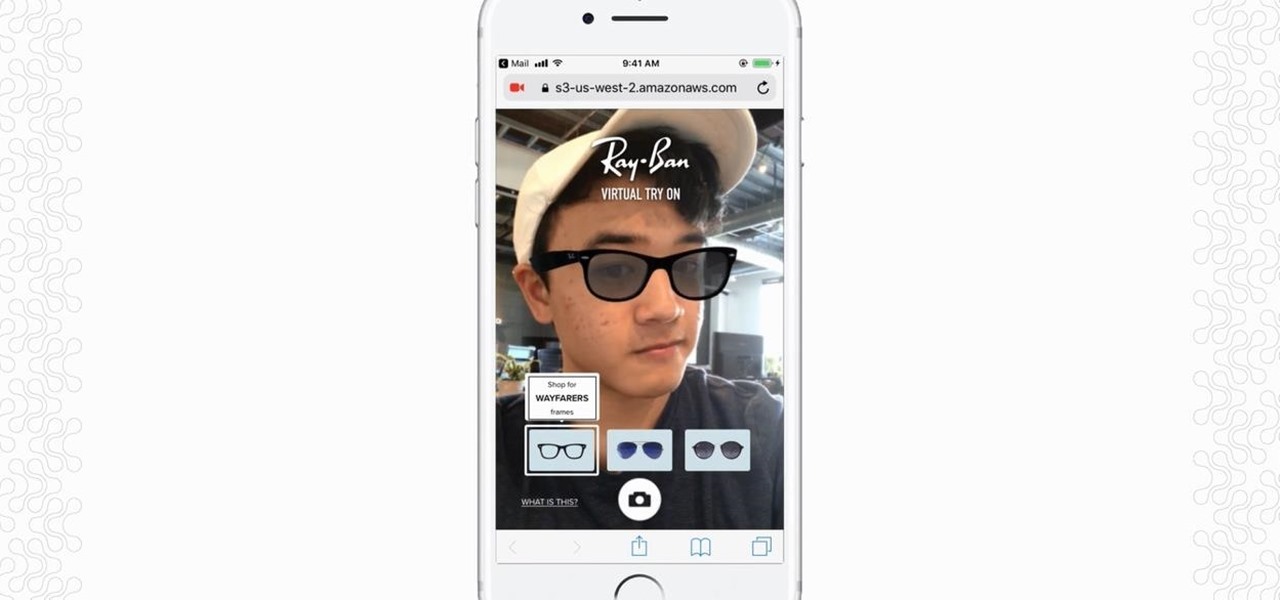








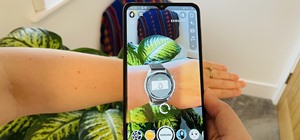

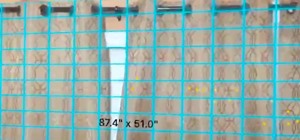


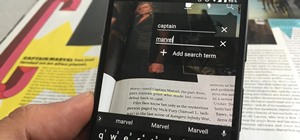


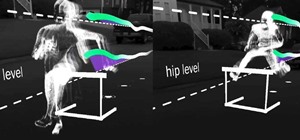

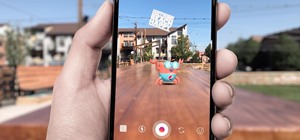

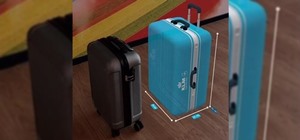
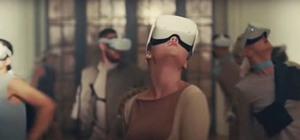

Be the First to Comment
Share Your Thoughts